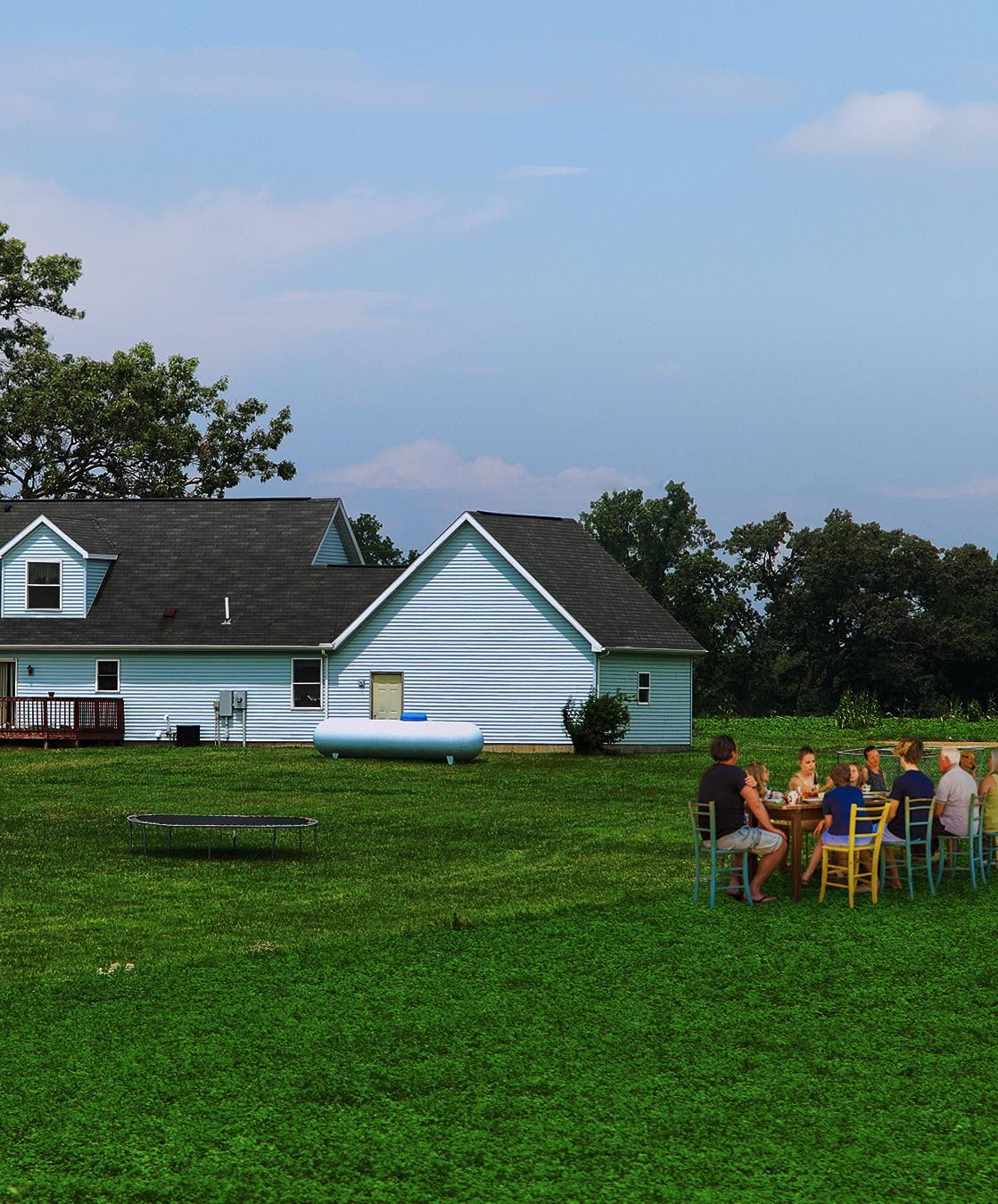
1 minute read
INTRODUCTION
To successfully engage your population of focus it is important to have a clear understanding of their culture, beliefs, and barriers to health. This audience profile includes information about the nuances to consider when reaching persons in rural areas, based on a review of various research studies and taking into consideration lessons learned through past experiences working with this group. This document is not an in-depth research report or analysis, as it is meant to provide a general understanding of various factors that may affect your audience’s availability, interest, and/or commitment to your National Diabetes Prevention Program lifestyle change program (LCP). Use the questions listed at the end of this profile to validate and expand on the information provided for your local program’s market.

Advertisement
WHAT IS A RURAL AREA?
In general, rural areas are sparsely populated, have low housing density, and are far from urban areas.1 Definitions of “rural” vary and may take into account population density, labor market issues, or geographic isolation. The U.S. Census Bureau defines “rural” as all populations, housing, and territory not included within an urbanized area or urban cluster. As a result, the rural portion of the United States encompasses a wide variety of settlements—from densely populated small towns and “large-lot” housing subdivisions on the fringes of urban areas, to more sparsely populated and remote areas.2

Frontier areas are also sparsely populated rural areas that are isolated from population centers and services. Many frontier counties are located in the West, a part of the country where individual counties tend to cover a large geographic area. Frontier may be defined at the community level by county, ZIP code, census tract, or other defined geographic area. Even counties that have a town with a hospital, grocery store, and other services may also encompass areas that are much more rural and isolated, making them frontier counties. Frontier areas face challenges in providing residents access to health and human services that are even greater than challenges faced by other rural communities.3











